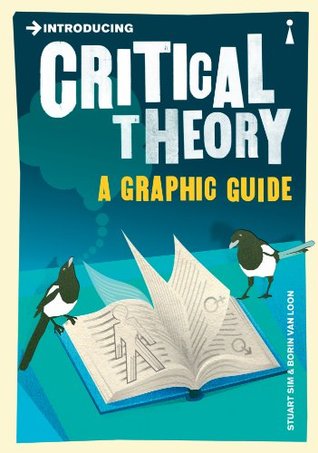More on this book
Kindle Notes & Highlights
by
Stuart Sim
Read between
April 26 - May 13, 2022
In deconstruction, we move from system-building to system-dismantling. Derrida’s major concern is to direct our attention to the many gaps in our systems of discourse which, try as we may, we can never quite disguise. Deconstruction is a philosophy which very self-consciously sets out to deflate philosophical pretensions about our ability to order the world.
Part of Derrida’s objection to structuralism is its dependence on binary oppositions. He considers discourse in the West in general to be founded on a series of such oppositions. One term of the binary always takes dominant priority over the other. Man/woman would be one such example of a “loaded” binary.
Deconstruction is no friend to the notion of hierarchy which is still deeply embedded even in the most liberal-minded of democratic societies. Feminists most certainly would agree with the notion of the man/woman binary being skewed in men’s favour. Keeping it that way is what patriarchy is all about. Queer theorists are equally concerned to destabilize the binary of straight/gay, in which “straight” is taken to be the dominant term.
Foucault’s vision of the human race was one that stressed difference rather than common elements. He continued to campaign for marginalized social groups – homosexuals, prisoners and ethnic minorities, for example – until the very end of his life.
“I’d rather be a cyborg than a goddess”, as Haraway provocatively declares. Some critics from within the feminist movement have been just as unhappy as Lyotard about such a move away from the realm of the human. One might see a “new humanism” developing at such points, to replace the old discredited one with its emphasis on competitive individualism.


